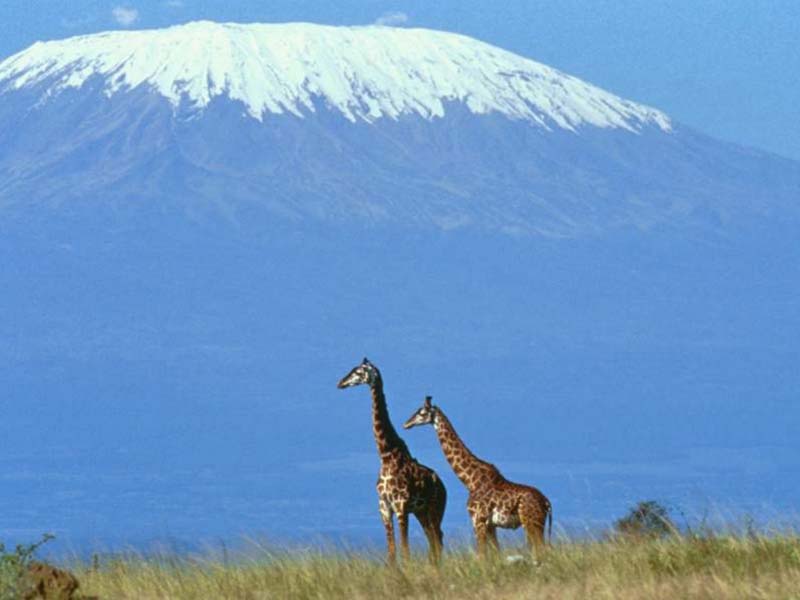We took six days, two guides, seven porters and a cook, and didn't make it all the way but still had the experience of a lifetime.
Iconic Mount Kilimanjaro is one of Tanzania's biggest drawcards, luring travellers who want something more physical than lying on a Zanzibar beach or viewing Serengeti wildlife from a safari vehicle. 
As one of the world's tallest peaks that can be climbed without technical skills, Kilimanjaro is an accessible challenge and thousands reach the summit each year.
But that doesn't mean it's easy. To put the climb in perspective, Australia's 2228m Mt Kosciuszko is slightly higher than the park gate at the start of the Kilimanjaro trail.
At its highest point, Kilimanjaro reaches 5895m above sea level. The world's tallest freestanding mountain - actually a trio of dormant volcanoes - rises dramatically out of the plains.
Landscapes change from lush farmland to tropical rainforest, an open moorland of heath and wildflowers, a Mars-like alpine desert and, finally, the ice-capped summit.
Apart from the strenuous summit attempt, we averaged about six hours a day carrying just a daypack.
It is only possible to climb Kilimanjaro through a licensed agency, which provide guides and porters. This makes the trek an expensive proposition, and the park and hut fees alone exceed $900. But it does mean someone else does the cooking, cleaning and set-up.
We opted for the Marangu route, the only one that has huts to sleep in (on all other routes you need to camp). The porters walked ahead with most of the equipment and the cook usually had a snack waiting on arrival at each overnight stop.
By the time we reached the final hut at 4700m, we'd already walked for six hours that day, the fourth of the trek.
It was about this time the hike stopped being fun and started being a test of willpower.
We had about six hours to rest and refuel before heading back into the cold. Summit attempts generally leave at midnight so climbers can watch the sunrise from the top.
But on our attempt the wind blew strong and icy, bringing the temperature down to minus 18C.
Our guides had woken us at 11pm to dress - at this altitude, even that felt like running a marathon.
After 3½ hours of pain we reached Hans Meyer Cave at 5180m, the halfway point of the summit stretch.
We were still an hour from the top when dawn started to break. Watching the sunrise from the roof of Africa, a mile above the clouds, was an unforgettable, magical experience. But it was only a brief moment before we had to push on.
The last leg, a near-vertical scramble over rocks, seemed to go on for ever. Reaching the crater rim was a relief but by now we were too tired to feel anything resembling elation.
Exhausted, we collapsed on the freezing ground, from where we could just peer into the icy volcanic cone.
Pushing our bodies to their limits and beyond also left us feeling we could take on the world.